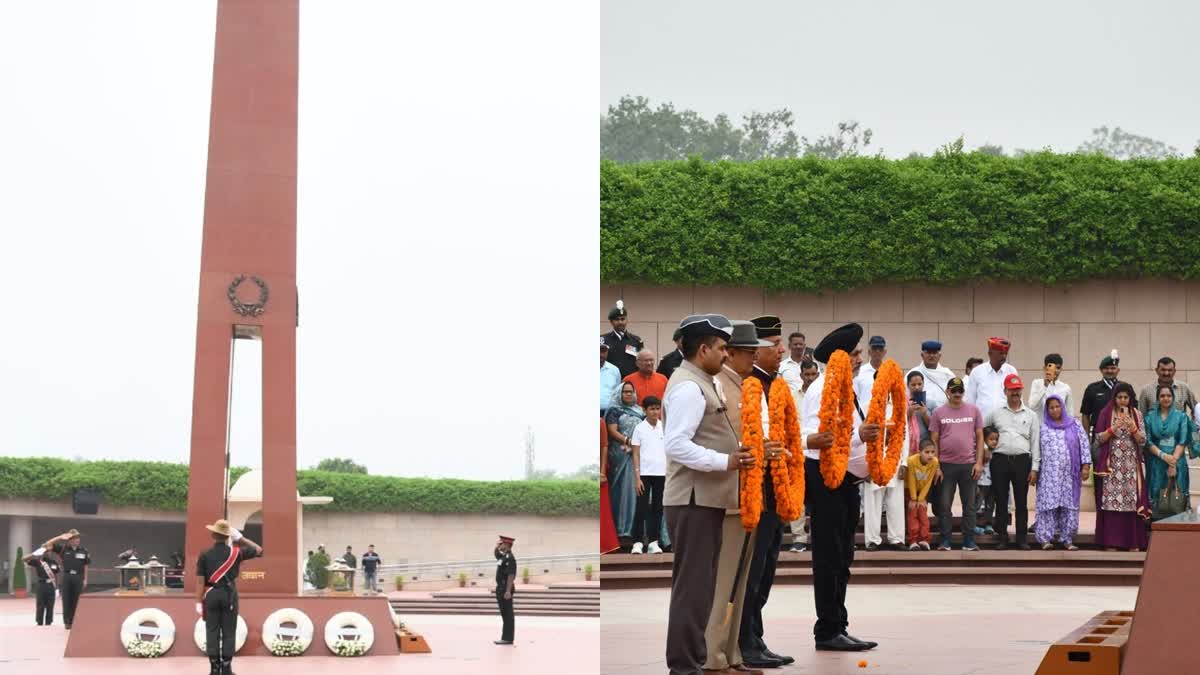Srinagar (Jammu and Kashmir): This year marks the 25th anniversary of the recapture of Tiger Hill, a decisive moment in the Kargil War that highlighted the bravery and strategic acumen of the Indian military. Here's a comprehensive look at the key aspects of this historic battle:
The Conflict Begins
Operation Badr: Pakistani soldiers and militants infiltrated Indian territory, occupying several strategic posts, including Tiger Hill.
Objective: The plan, orchestrated by General Pervez Musharraf and other high-ranking Pakistani generals, aimed to disrupt Indian supply lines along National Highway 1D, which connects Srinagar to Kargil.
Significance of Tiger Hill
Strategic Value: At 5,307 meters (17,410 feet), Tiger Hill offered a commanding view of the Srinagar-Leh highway, crucial for Indian military logistics. Pakistani forces used this vantage point to direct artillery fire, threatening Indian movements.
Initial Occupation and Indian Response
Winter 1998: Pakistani troops from the 12 Northern Light Infantry occupied Tiger Hill, leveraging its height to dominate portions of the highway.
Initial Setbacks: Early Indian attempts to reclaim the hill in May 1999 failed due to harsh conditions and lack of preparation.
The Recapture Efforts
Operation Vijay: The task of retaking Tiger Hill was given to the 18 Grenadiers, supported by 8 Sikh, 13 JAK RIF, and 2 NAGA regiments.
Leadership: Brigadier MPS Bajwa and Colonel Thakur led the meticulously planned assault, involving extensive preparation and tactical maneuvers.
#25YearsofKargilVijay#KVDRajatJayanti
— ADG PI - INDIAN ARMY (@adgpi) July 3, 2024
On occasion of the " battle honour day - tiger hill", a solemn wreath laying ceremony was organised at national war memorial #NWM, New Delhi, to honour the unwavering valour & sacrifice of the valiant soldiers during the capture of… pic.twitter.com/Ey2t0MwOTQ



